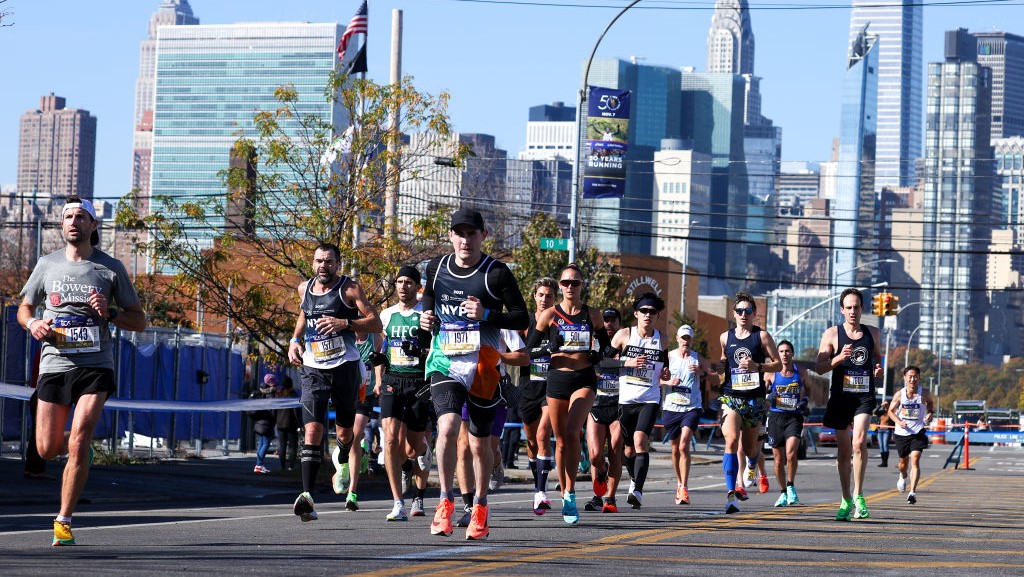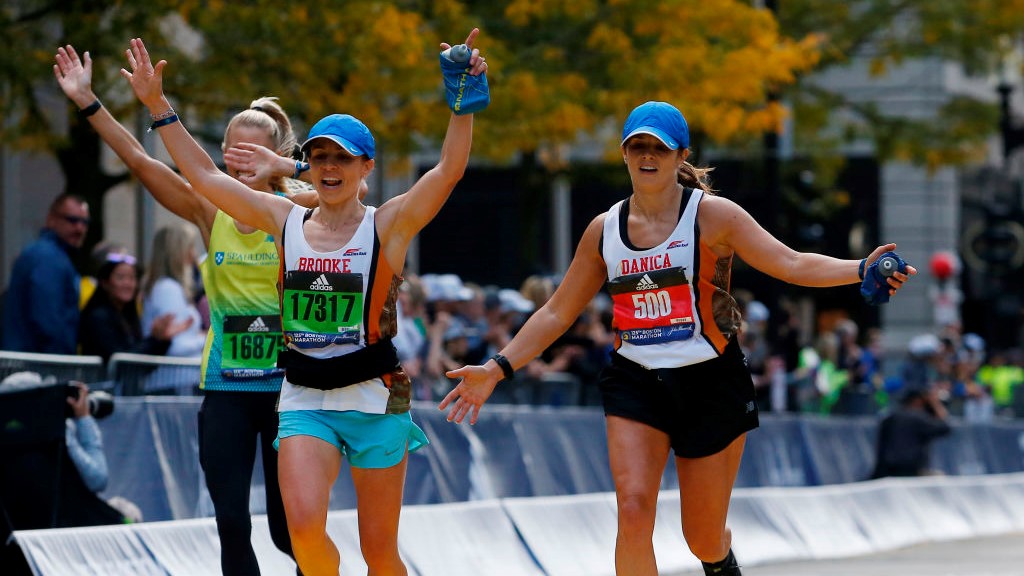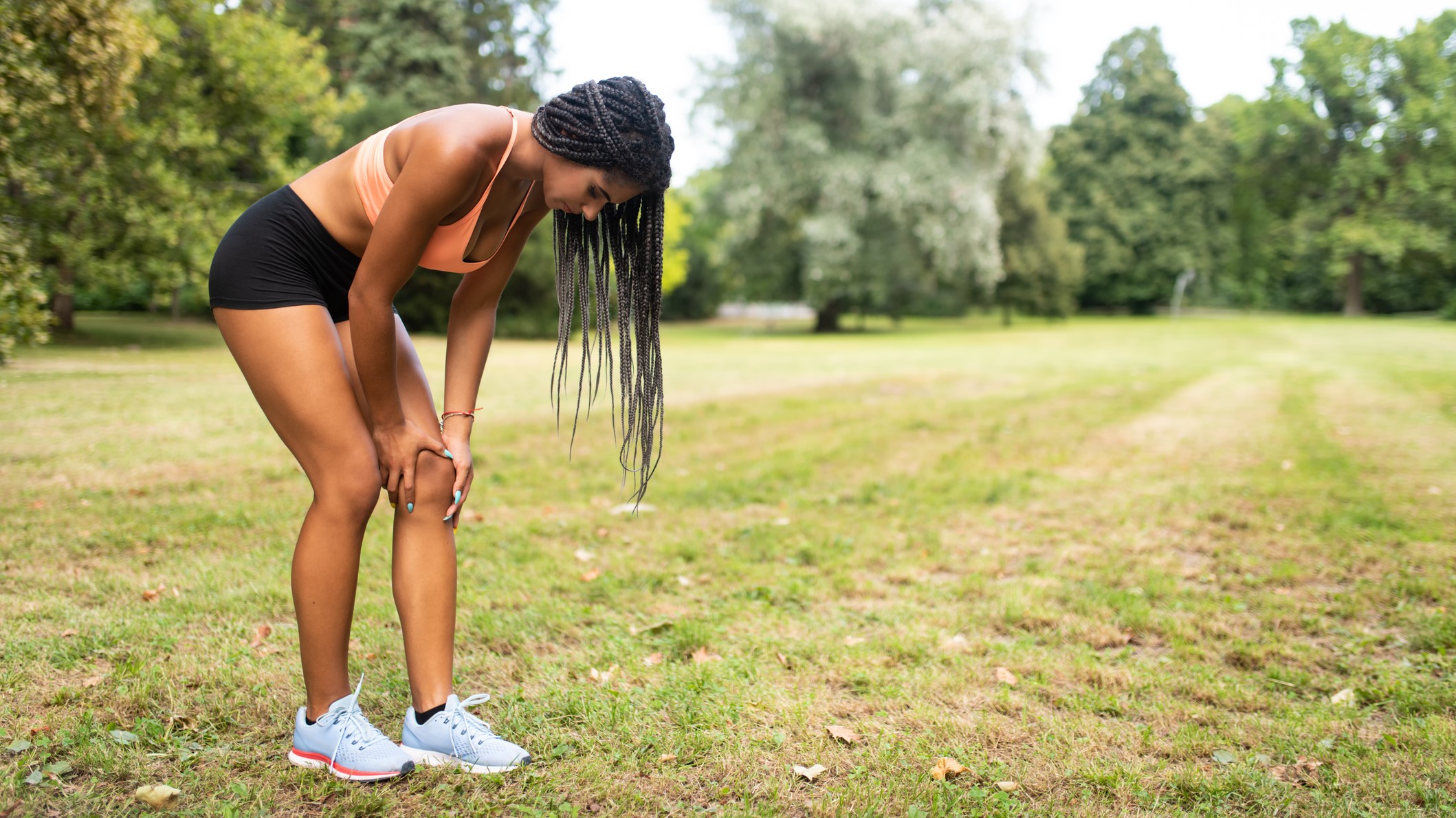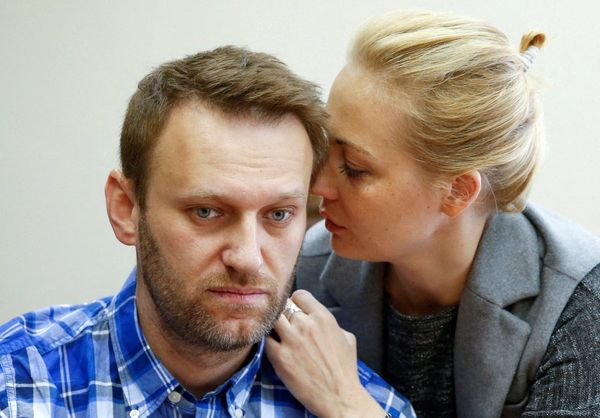
Running a marathon is an extreme test of endurance and taking the proper time to rest and recuperate after completing one is crucial. How long? Well, of course, everyone is different.
Regardless of whether you’re a seasoned runner or you've just completed your first marathon, you’ll need (and probably want) to take a break from running before lacing up to head out again. At the very least, it’s recommended you stop any form of high intensity or speed-based running for a week following the event.
That’s not to say you should abstain from exercise altogether. In fact, in the week following your marathon finish it’s a good idea to keep moving, albeit gently. Go for a light walk or perhaps try a few sessions of yoga for runners that’ll help relieve tightness and improve muscle recovery.
A good idea is to think of the recovery as part of the marathon process in the same way that training was in the lead up to the event. That’s also because you may not start really feeling the effects of the marathon until a day or two after.
“Getting back to running is 100% different for every person. Experience, training state, overall fitness, etc all play a role in returning to running,” explains Alex Dudley, Director of Development for the mobility and recovery app, pliability.
“The key is optimising recovery relative to those metrics,” he told Tom’s Guide. “It's important to continue moving, even when you’re sore and tired after a big run - walking is an easy way to stay on the move, as well as some mobility exercises to help with muscle tightness and soreness and to help speed up your recovery time.
“It's time to run again when your body feels ready, which typically can be 7+ days.”
But really, if you want to take two or three weeks off running to really let your body recalibrate then that’s totally fine as well. You’ve earned it.

What happens to you when you run a marathon?

As a runner progresses through 26.2 miles (or, 42.19 kilometers if you’d prefer) various processes are taking their toll on the body.
From the joint-damaging vibrations of feet hitting concrete to the rapidly diminishing levels of glucose in the bloodstream. As the muscles work overtime, microscopic tears begin to appear as a result. The body’s defence system responds with inflammation as it works to remove the damaged cells and regenerate new ones. This process causes the soreness and swelling marathon runners may feel (to varying degrees) in the days afterwards.
This damage and regeneration is part of what makes us fitter and stronger through regular exercise. But it can only be successful when regeneration takes place through rest.
You may want to consider using a massage gun to help deliver targeted percussive therapy directly to your legs. Research has shown they can improve muscle recovery as well as increasing the range of motion and the blood flow in your aching limbs.
Signs your body isn’t ready to run again

Delayed onset muscle soreness (DOMS) is the clearest sign that you shouldn’t be heading out on any more runs. DOMS typically lasts around 3 days, with the worst soreness occurring sometime around 48 hours after crossing the finish line. While you’d hope the soreness would pass after a few days it could very well last longer because a marathon is such a huge achievement.
In addition to aching muscles, there’s a chance runners can become more susceptible to colds and flu in the first few days after a marathon.
In addition to aching muscles, there’s a chance runners can become more susceptible to colds and flu in the first few days after a marathon. This is, perhaps obviously, caused by the fact your immune system has its hands full trying to repair the damage done to your body through the exercise.
Other factors on the day, such as dehydration, may also have played a part. Naturally, you’re not going to feel like smashing out a 10K if you’ve got a pounding head and blocked nose.
When you do return to running, how do you do it?

If enough time has passed and you feel like getting back into running, then what kind of sessions are best to start with?
“This would depend on what type of sessions you were doing before the marathon and if you have any other scheduled races,” said Dudley. “Generally speaking, shorter distance and easy pace runs or easy intervals are ideal. Keeping the 80/20 rule in mind: 80% of running volume should come from lower cardiac output paces. So keep it slow and easy.”
Many runners will turn to one of the best Garmin watches or best Apple watches to help keep track of their miles and pacing. The good news is that these devices also offer guidance on managing your recovery.
For example, Garmin’s Body Battery function combines different metrics collected by the smartwatch to give you an energy ‘score’ out of 100. As you sleep and rest, it’ll gradually recharge until you’re back to 100 again.
Naturally, if you’ve just completed a marathon and used a watch such as the Garmin Forerunner 965, then your Body Battery will be pretty much depleted. Using a tool like this can give you a good visual indication of what kind of run you’ll be able to manage on a given day following the marathon.
If you’re successfully recovered and back out on your usual routes again, you may even be thinking ahead to your next 26.2 miles. In which case, may we suggest having a quick read through these five essential tips on motivation from a 2:08 marathon runner as well as our updated guide on the best running shoes for 2023.







